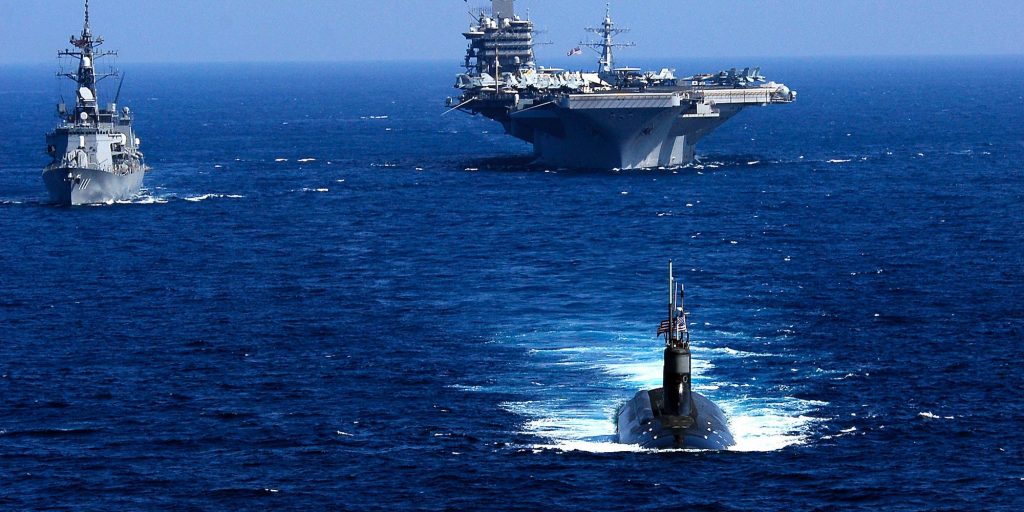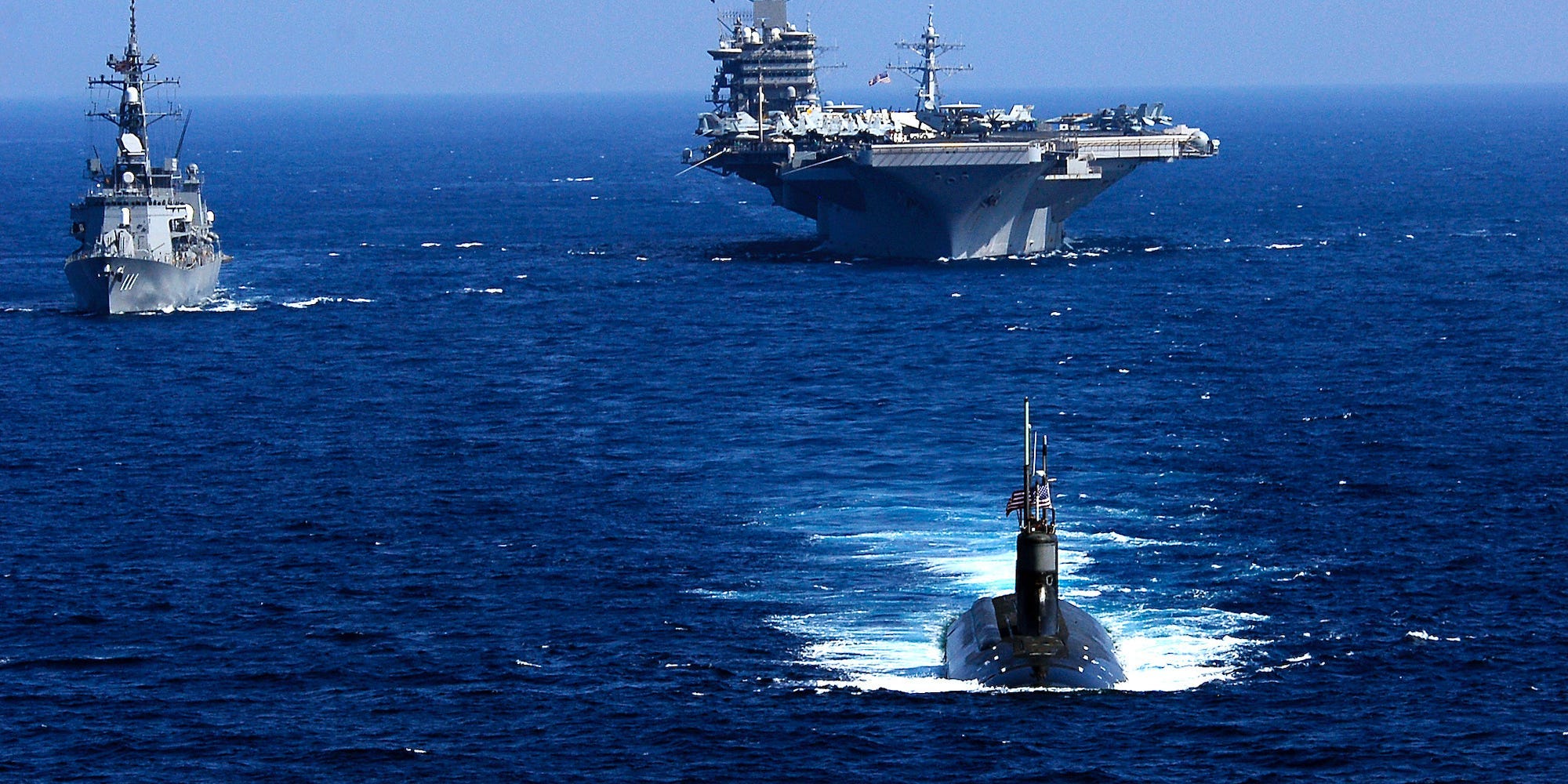
US Navy/PO3 Walter Wayman
- US Navy officials are getting ready to start designing the service's future attack submarines.
- They plan to take design elements from the Navy's current submarine fleet and combine them in a new boat.
- The result will be what one of the Navy's top submarine officers calls "the ultimate apex predator."
US Navy officials are already laying the groundwork for the next generation of nuclear-powered attack submarines, drawing on the current fleet to develop a fearsome new boat.
"We are looking at the ultimate apex predator for the maritime domain," Vice Adm. Bill Houston said of the new program at a Navy League event in July. Houston is now the head of Naval Submarine Forces, Submarine Force Atlantic, and Allied Submarine Command.
The new submarine is dubbed SSN(X), indicating that the design is not yet determined, but Houston said the boats would take the best features of the Navy's three previous sub designs: the Seawolf– and Virginia-class attack submarines, or SSNs, and the still-in-development Columbia-class ballistic-missile submarines, classified as SSBNs.
"We're taking what we already know how to do and combining it together," Houston said, pointing to the payload and speed of the Seawolf class, the electronics of the Virginia class, and the expected service life of the Columbia class.
Best of three
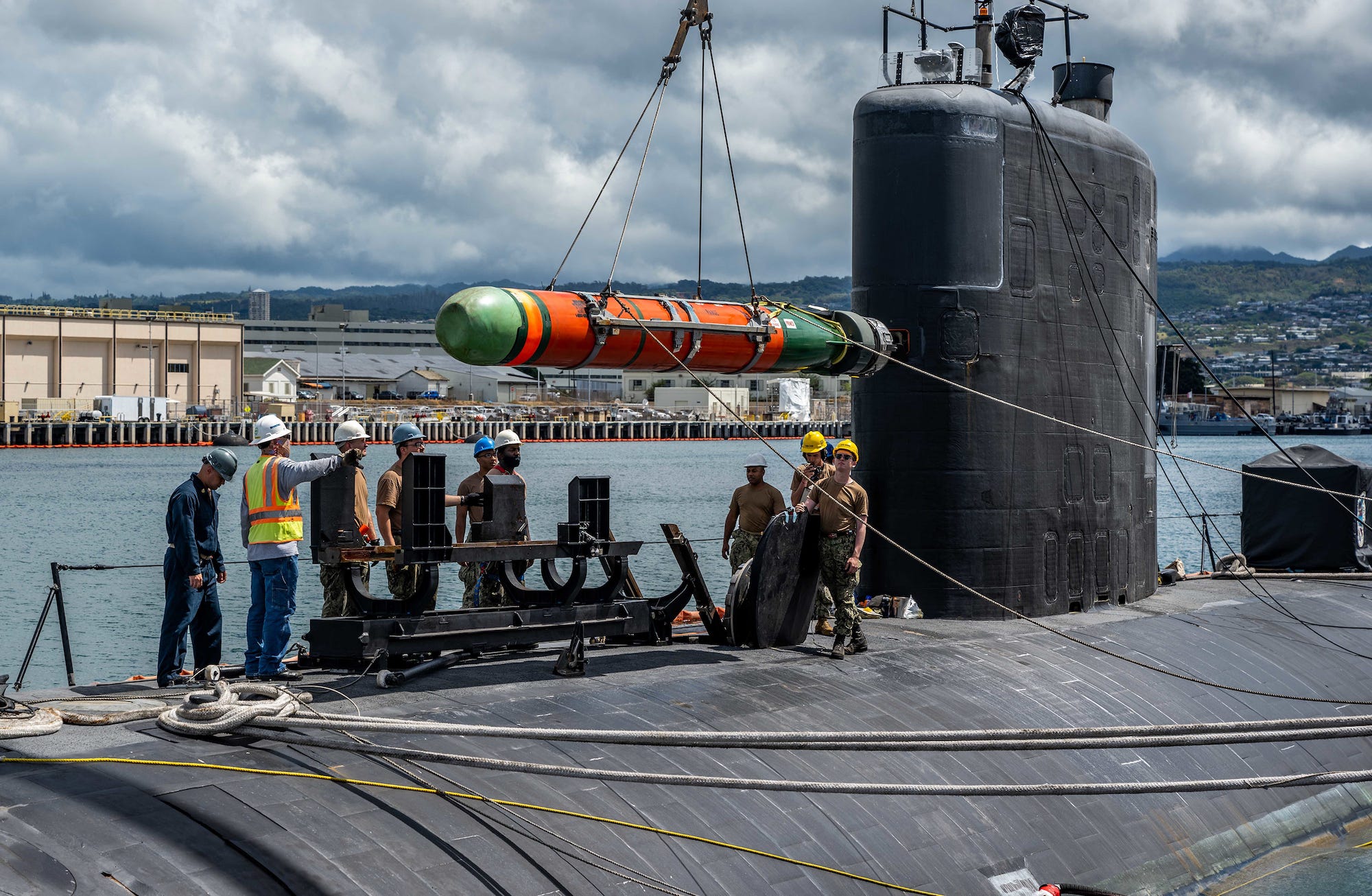
US Navy/MCS1 Michael B. Zingaro
Seawolf-class subs were designed in the 1980s to counter the increasingly advanced Soviet submarine fleet.
They were intended to replace Los Angeles-class SSNs, but the end of the Cold War and the Seawolf program's high costs prompted its cancelation in 1995, with only three boats built. The Seawolfs are still regarded as the most powerful SSNs in the Navy's inventory.
They're known for being among the quietest subs ever built and are some of the most heavily-armed American attack subs ever, with eight torpedo tubes and enough space for 50 torpedoes or cruise missiles. They can also reach speeds well over 25 knots.
Seawolf-class subs have had their electronics upgraded and are fully loaded with advanced sonars, acoustics, and other sensors.
The final boat in the class, USS Jimmy Carter, received a 100-foot extension known as the Multi-Mission Platform, which allows it to carry unmanned vehicles for intelligence missions and SEAL teams for special operations.
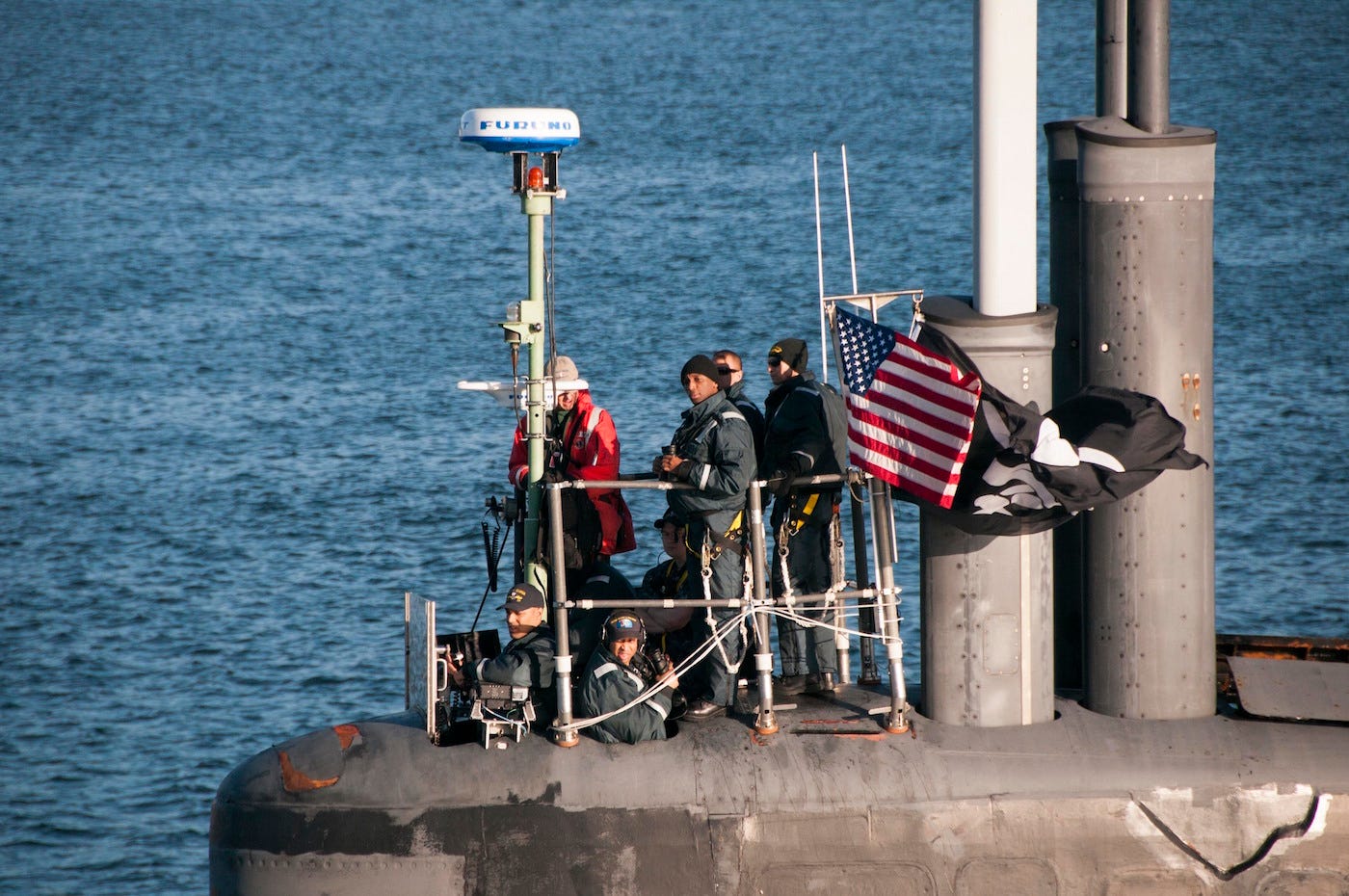
US Navy/Lt. Cmdr. Michael Smith
The Navy began procuring Virginia-class attack submarines in 2011. Virginia-class subs are meant to replace Los Angeles-class subs and are cheaper than their Cold War-era predecessors. So far, 19 have been completed, with 11 more under construction and four on order.
Virginia-class subs are not as well armed as the Seawolfs - they have just four tubes and enough space for 37 torpedo-sized weapons - but they have some features that make them more advanced than their predecessors, including vertical launch systems and modern periscopes.
Additionally, Virginia-class Block V subs are being built with the Virginia Payload Module, an 84-foot extension that adds four launching tubes capable of firing seven missiles each, increasing the total payload to 65 torpedo-size weapons.
Finally, Columbia-class SSBNs are meant to replace the Navy's Ohio-class subs.
The first boat of the Colombia class, USS Columbia, will be the largest American submarine ever built. It was ordered in late 2020 but is not expected to be commissioned until 2031. The Navy hopes to take elements of the Columbia-class - specifically its planned 42-year service life - and include them in the SSN(X) design.
SSN(X)
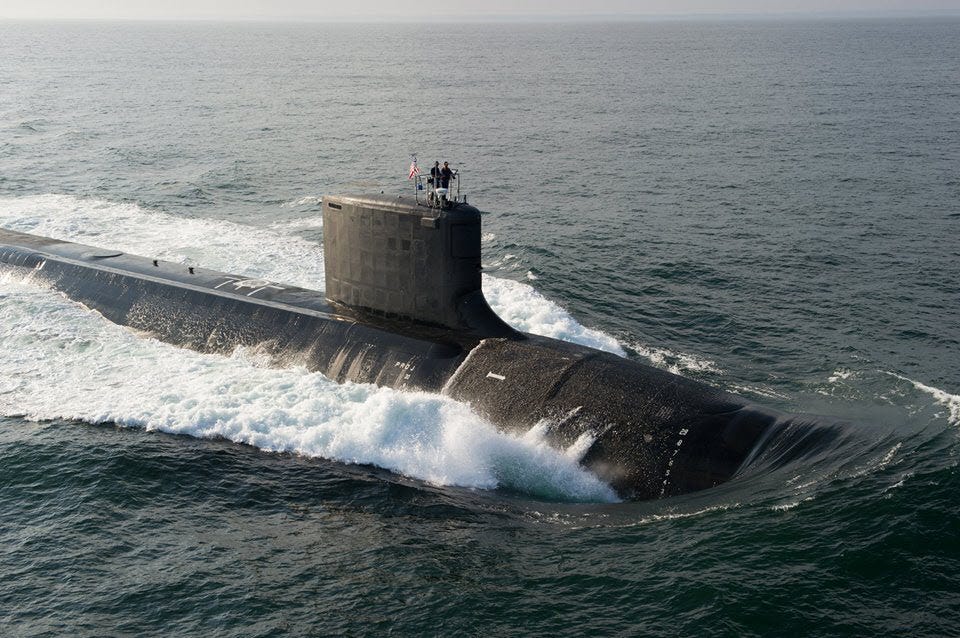
US Navy photo
While the Virginia-class was designed at a time when war with another major power wasn't a primary concern, work on SSN(X) is starting amid rising competition with China.
China's military has grown considerably, particularly its navy, which the Pentagon says is the largest in the world. Because of those trends, SSN(X) "really needs to be ready for major combat operations," Houston said.
"It's going to need to be able to go behind enemy lines and deliver that punch that is going to really, really establish our primacy. It needs to be able to deny an adversary ability to operate in their bastion regions," he added.
The Navy has said that the SSN(X) design will feature "a renewed priority in the anti-submarine warfare mission against sophisticated threats in greater numbers" and that the new subs need to be able to defend themselves against unmanned underwater vehicles.
Given the requirements, combining the best of three nuclear submarines makes sense, although it is a monumental task.
According to Houston, the Navy is timing the development of the SSN(X) with the final phase of the Columbia-class design process and will use the same team.
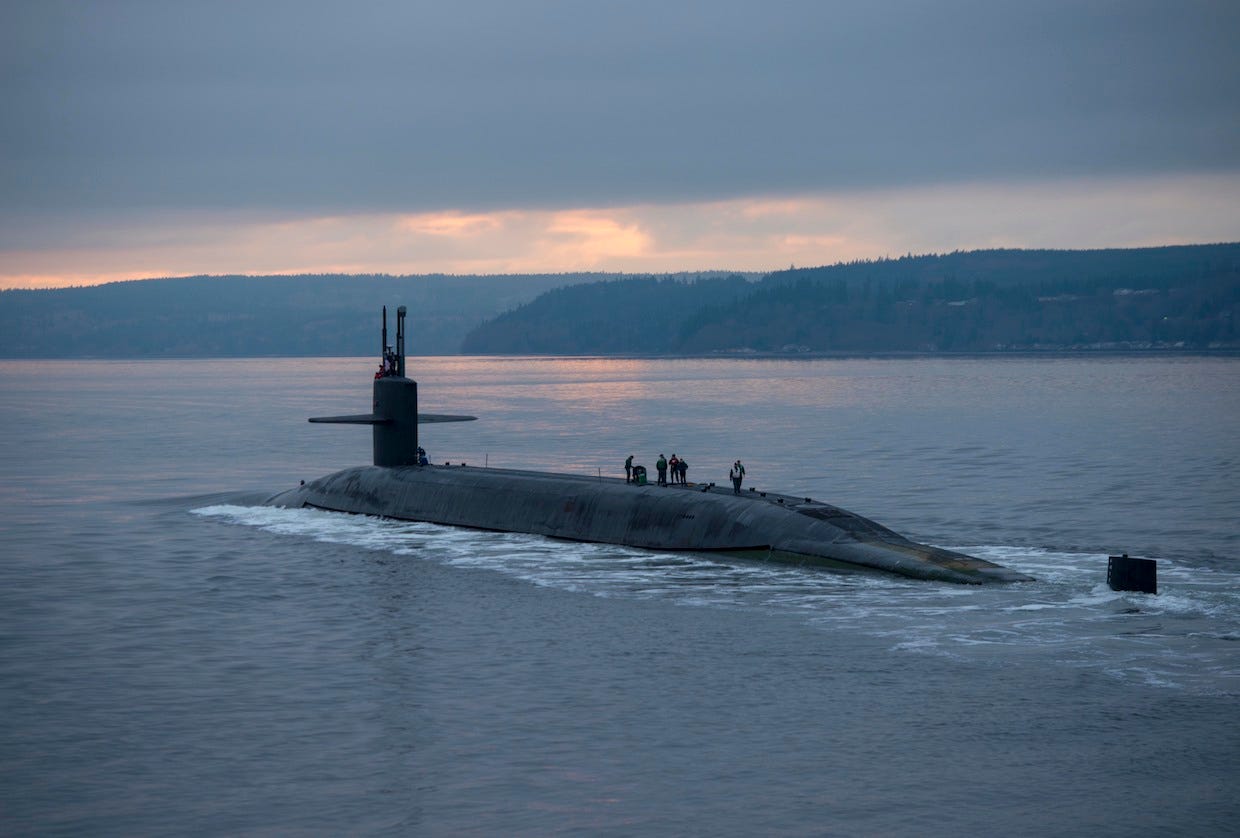
US Department of Defense
"We're going to capitalize on that design team," Houston said, "and we're going to time [it] such that when Columbia is ramping down in production, we'll be ramping up in SSN(X) because we'll have the design and the [research, development, testing, and evaluation] done."
"We're very confident we can get there. It's a daunting task, but the team is more than capable of doing it," Houston added.
Kevin Graney, the president of General Dynamics Electric Boat, which builds all of the Navy's submarines, said coordination can increase once the specifics of the new subs are determined.
"We'd love to see those requirements get settled down, so that we know exactly what we are designing" Graney said at the event in July. "I think we're getting more and more in sync with each passing day, which I think is great."
"We've got the design team coming off of Columbia right now, so they're a hot hand, having just developed that, and now's the time to transition to the new SSN(X) design. We're ready to go," Graney added.
The Navy's sub fleet will shrink in coming years as older boats are retired, but recent administrations have proposed plans to build a fleet of roughly 70 attack subs over the next three decades.
The Navy plans to procure its first SSN(X) boat in 2031, with follow-on orders beginning in the mid-2030s. The service estimates each submarine of the class will cost $5.8 billion, but a Congressional Budget Office report estimated it could be as high as $6.2 billion.
